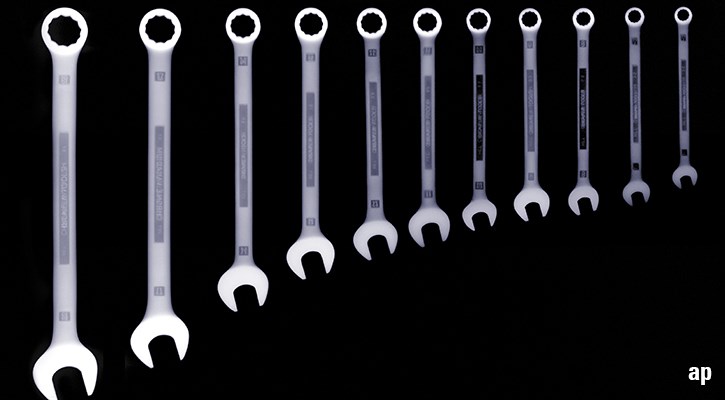
Staying on top of how the pension system works and how to make the most of your investments is a full-time job. So, here is a guide to everything you want to be aware of when it comes to retirement saving.
Types of Pension
State pension
Simply put, the pension system has three pillars: state, occupational and personal pensions. State pensions are determined based on when you were born and the number of years of national insurance contributions (NICs) you have made. If you are a man born before 6 April 1951 or woman born before 6 April 1953, and have 30 years of NICs, you qualify for a maximum of £137.60 a week. If you were born after and have 35 qualifying years, you get £179.60. The state pension age is currently 66 for both men and women, with plans to stepping it up to 67 between 2024 and 2028, and to 68 between 2044 and 2046. The full state pension for 2021/22 is £9,339 a year.
Workplace pensions
Occupational or workplace pensions are usually set up by your employer and split into two types: defined benefit (DB) and defined contribution (DC). DB plans, which are also known as final salary pensions, offer a guaranteed income for life at retirement, often based on salary and years of service. The employer is carrying the risk, meaning they are responsible for paying a guaranteed annual income in retirement. These plans are being phased out because of the high cost and risk.
In its place, most new employees are offered DC schemes, where employees themselves carry the risk and burden of saving. Every month, you and your employer commit a certain percentage of salary to the pension pot, which is then withdrawn from at retirement. The introduction of a government initiative to require automatic enrolment into these pension funds when you join a company has also helped reverse the decline in workplace pension saving.
Personal pensions
Finally, there are personal pensions. This could be stakeholder pensions and self-invested personal pensions (Sipps) in the shape of a DC fund, but instead of being arranged by an employer, it is a savings vehicle that you arrange yourself. They are often used by self-employed workers who don't enjoy contributions from an employer. As a DIY solution, it could be a cheap and flexible method to save, but it also means you have to spend time managing these investments to make sure you’re growing the pot for retirement. A SIPP could also be a handy tool for combining old pension pots from previous jobs.
What to Know as an Investor
Automatic enrolment
If you are employed, aged between 22 and retirement age, and earning above £10,000 a year, you’re most likely enrolled into a pension fund. If no changes have been made, your investments are accumulating in a default fund, the umbrella option with a medium level of risk to accommodate for all types of savers. But, depending on age and views on investing ethically, it is always a good idea to make amendments: if you’re younger, higher risk is recommended than if you’re closer to retirement age, for example. You can also choose to invest more in sectors that interest you, or ensure your money is put towards assets with an environmental, social and governance (ESG) focus.
How much should I save?
The default minimum rates for a workplace DC pension is 4% from the individual member, 3% from the employer, and 1% in the form of tax relief.
But how much should you aim for? We have previously looked at whether it is possible to retire on one million pounds and the answer is of course that it depends. The more you earn (and the more you expect to spend in retirement) the bigger the pot needs to be, and a million might not be enough to cover expenses if that is the case.
What about taxes?
Employee contributions into a pension fund are largely tax-free. Up to £40,000 a year can be offset against income tax, while anything above this limit will be subject to taxation.
One tax-efficient way to save is through salary sacrifice, if your employer offers it. This means giving up a chunk of salary for your pension before tax and national insurance contributions are made, meaning you pay less (particularly significant if you earn just above a tax threshold). In doing this, you’re effectively paying more into your pension and less in taxes. However, it could affect what you can borrow for a mortgage or your entitlement to some state benefits.
Institutional
How do pension companies manage investments?
Tim Middleton, director of policy at the Pensions Management Institute (PMI) explains that there are two types of funds to be aware of: the retail fund and the institutional fund. Retail funds are assembled and controlled by the provider, and are often associated with SIPPs and smaller occupational funds. They have different charges, like management fees charged annually.
Institutional investments are larger funds – a master trust for example, a so-called multi-employer fund. These are most commonly found in auto-enrolment schemes, and decide which funds they will hold, work with investment consultants and makes choices for which sectors they want exposure to, sometimes down to stock level. A master trust is broken into a set number of units, so when people pay contributions, they’re buying a set number of units within their unitised fund. In this structure, employers sometimes carry the expenses and investment management charges.
How is auto-enrolment money invested?
There are a number of constraints when investing a pension. For example, funds from auto-enrolment can only be invested in funds that charge a maximum of 0.5%, so sophisticated actively managed funds are out of reach. The usual suspects are most likely tracker funds and some bond funds (most likely gilts and overseas government bonds). This will be decided by pension schemes and their trustees and advisers.
At retirement
Annuities
When you reach retirement, there are a couple of different options for how to access your pension. In the past, buying an annuity was the popular option. It is an insurance contract that can be purchased in exchange for a guaranteed income for a fixed period (a temporary annuity) or the rest of your life (a lifetime annuity). There are also additional add-ons available such as spouse coverage, linking the income to inflation, and so on. You are more likely to get higher rates if you retire at a later age or have a shorter life expectancy. Lately, a lot of people feel annuities do not represent good value for money, so it has become increasingly common for people to consider alternatives, according to Middleton.
Drawdown
The alternative to annuities is drawdown, with flexi-access drawdown being the main model. It is built to allow you to access your pension savings at any point while reinvesting remaining funds to provide ongoing retirement income. Since the 2015 pension freedoms reforms, all new drawdown products are built to offer flexi-access drawdown. With both annuities and drawdown, you are able to withdraw up to 25% of assets as a lump sum cash free.
UFPLS
There is also something called uncrystallised funds pension lump sums (UFPLS), also introduced in 2015. With this model, you can withdraw funds in one go, or as a series of lump sums, similar to a bank account. Under UFPLS, 25% of each payment may be taken tax free, and the money not withdrawn will continue to be invested.




























